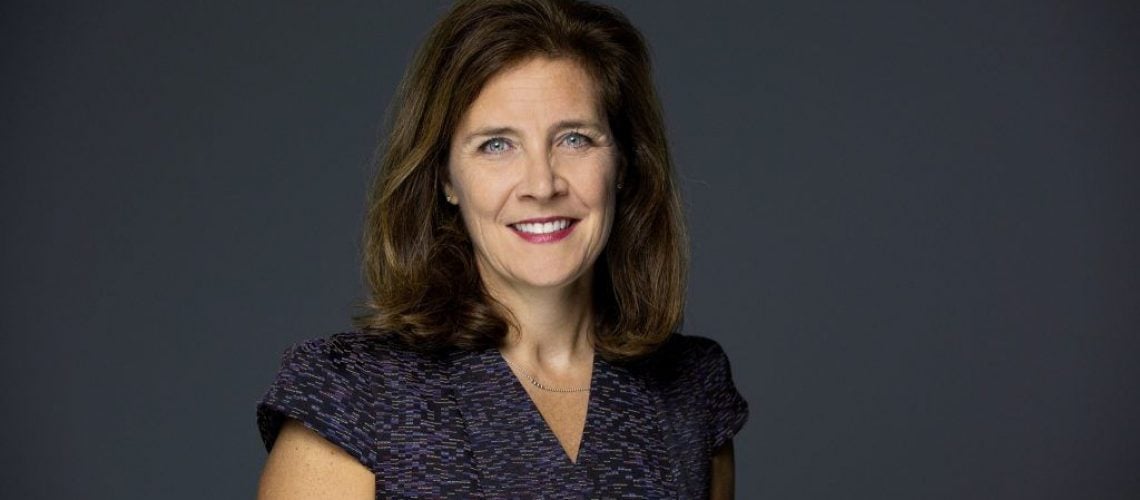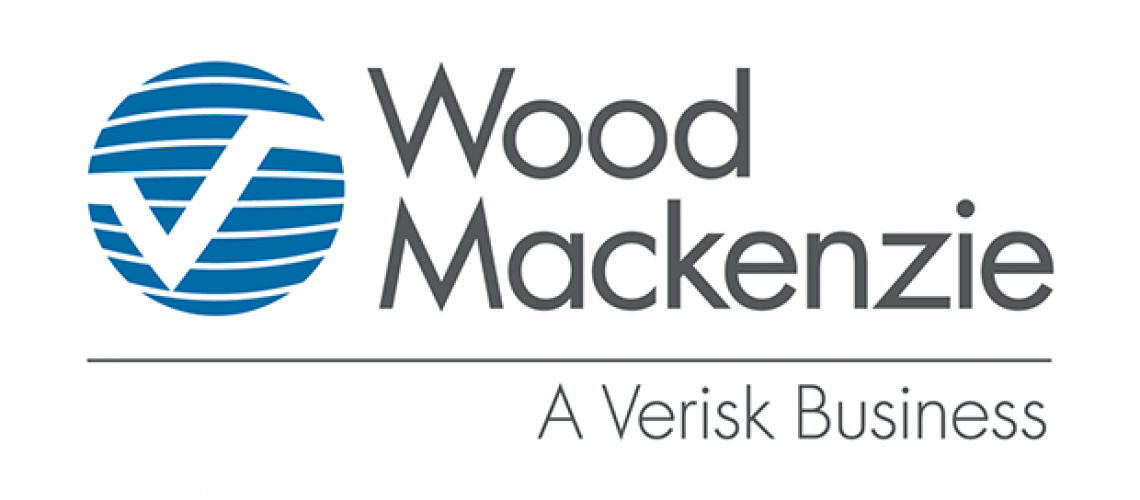Stephanie Cox was named CEO of Wood’s Asset Solutions Americas business in October 2019. She left her role as President of Schlumberger’s North America land drilling business after 28 years with the company.
The fact that Wood chose a woman to oversee its $4 billion in business and 20,000 employees across the Americas quickly made headlines. After all, women hold only about 7% of CEO positions in U.S. energy companies, according to Catalyst.
On March 10, Stephanie will deliver a keynote address at the Energy 2.0 Forum in Houston. In the talk, titled Stepping Into Your Purpose, she plans to share some of her stories. She’ll also discuss “sustainable leadership, being the only woman in a room, diversity, taking risks and how and why I am where I am in my career today,” she says. “I will talk energy transition, share some of my most valuable career advice and talk about what it means to be afraid.”
In advance of the event, we spoke with her about the challenges and opportunities she and the entire energy sector are facing.
What were some obstacles you had to overcome as a woman in a male-dominated industry, and how did you do so?
Most of my career, I was the one female in meetings or on a team,
and in many cases the first female manager that many of my team members had
reported to. When I started my career at Schlumberger, I was given roles with
increased responsibility and worked with peers who were much older than me. I
knew I had to earn respect and deliver top performance. At Schlumberger
performance is what mattered, not your gender. I wasn’t treated differently
coming into the job. When you’re coming out of school at 22 years old and when you’re
working with colleagues who are your parents’ age, I was grateful and surprised
I wasn’t treated as just some kid, even though I was the youngest person for a
long time.
The opportunities and my achievements stand out more because there
are fewer women in the industry, but I worked very hard to earn the jobs that I
have been given. I know that along the way, Schlumberger took risks on me, like
they would with men also. The risks allowed me to demonstrate what I could do,
and my capabilities allowed for further career progression.
That didn’t always hold true with customers and suppliers, and
every now and then an interaction would be awkward because they were not
accustomed to working with a female. Sometimes there would be the typical
misunderstanding when I was with my husband at an industry function, or while
assigned overseas where we didn’t know people, that he was the one working
while I was the supportive spouse, based on traditional stereotypes.
As a leader, what steps are you taking to attract a diverse, gender-balanced workforce?
Performance improves when you have a more diverse workforce and
leadership team. To be competitive, you need gender balance.
At Wood, 30% of our current leadership population is female. We have a very clear diversity and inclusion action plan for 2020 and beyond to continually improve this. Some of the steps we’re taking to attract a diverse and gender-balanced workforce include:
- Reviewing and changing business processes, including key people processes such as flexible working, talent development, and family leave.
- Focusing on education and engagement by expanding and embedding our employee networks globally, with each sponsored by our Executive Leadership Team. We’re also providing all leaders with awareness training on Wood’s expectations around D&I.
- Delivering a robust communications plan that profiles the diversity of our people, what makes them who they are and how they experience life at Wood. This is key for attracting future talent. We also want to celebrate our communities and the local traditions of our people.
- Targeting recruitment of more women. We’re also ensuring that women are identified on succession plans and developed for progressive roles. When moves take place and candidates are evaluated, it is important to ensure that we are looking at all elements of diversity for a position.
How do you see the industry moving forward on these fronts?
This is a really interesting time in our industry because of such a progressive commitment to equality in our workforce, be that gender, ethnicity, culture, skills, age, experiences and perspectives.
In our sector, we also need diversity of energy supply and solutions if we want to create a cleaner world for future generations while also harnessing progressive human and digital development. The energy transition is front and center. There is a clear movement in our industry to seek ways in which to reduce our environmental impact and drive energy evolution.
The best way we can prepare for a future of unknown complexity is to build on the strength of our differences and our experiences. The new economy is dominated by technology, digitization, and innovation. The competitive barriers that previously inhibited collaboration are coming down and we are moving forward in partnership with the tech companies, with our supply chain, with our
customers and reevaluating our approach to energy security and supply – because ultimately we’re all seeking the same thing, solutions to some of the world’s greatest challenges.
The days of a manufacturing economy are gone. Now, solutions and best-in-class service underpinned by the best minds, new innovation, and digitalization are fundamental. 




